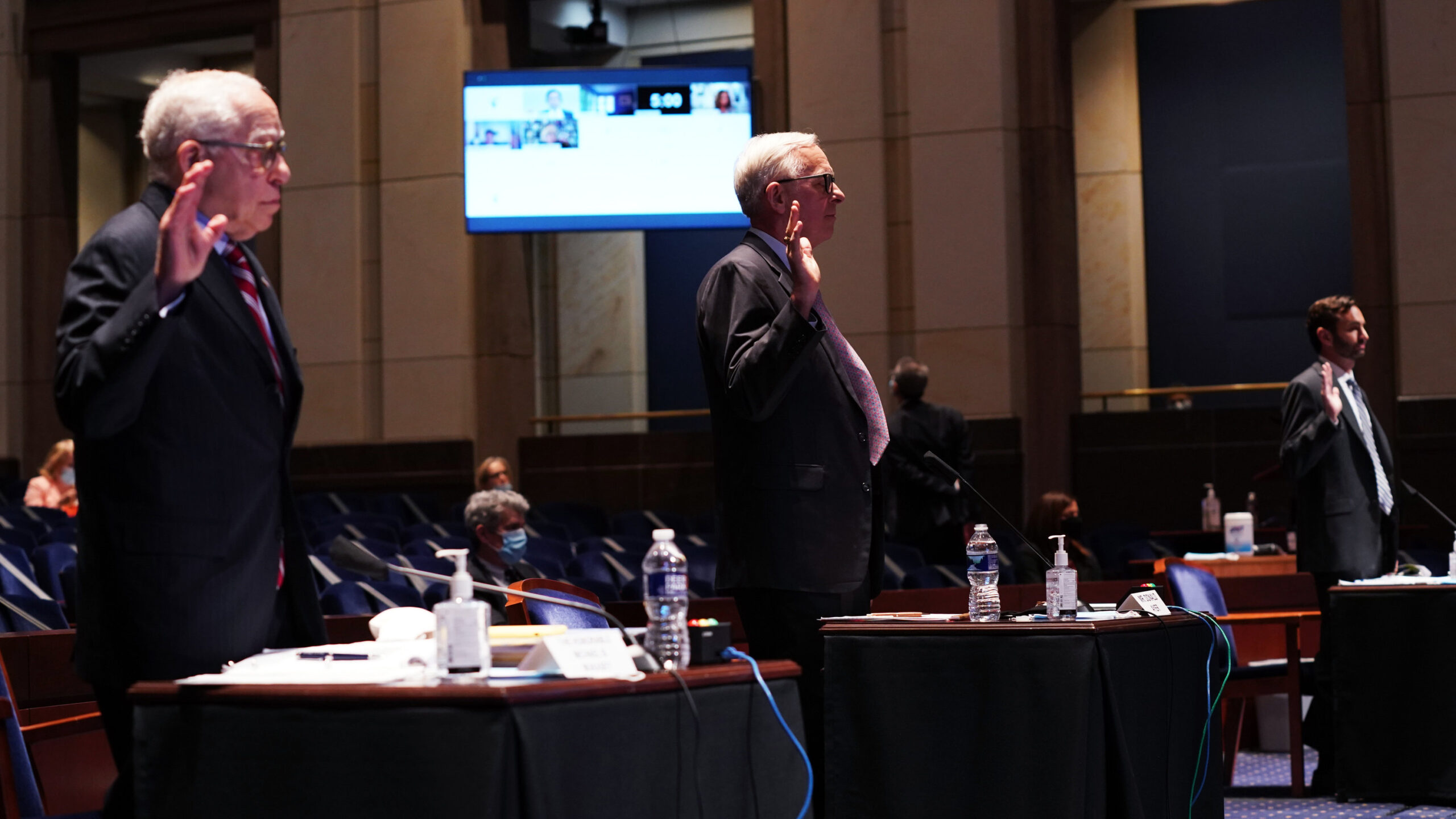Our coverage of the bushfire crisis is free for all readers. Please consider supporting our journalism with a subscription.
The Morrison government has called its second inquiry in two years into land-clearing and controlled burn-offs, with some experts calling for the federal government to play a bigger role in combating natural disasters after the current bushfire crisis.
Natural Disaster and Emergency Management Minister David Littleproud has instructed the House of Representatives Standing Committee on the Environment and Energy to investigate the effect of past and current vegetation and land management practices on bushfires.

Firefighters at North Black Range northwest of Braidwood, NSW earlier this month. Credit:Alex Ellinghausen
Experts said the Morrison government inquiry should also focus on whether the federal role should be increased in response to natural disasters.
A former chief executive of Victoria’s Country Fire Authority, Neil Bibby, said the federal government needed to co-ordinate the use of firefighting aircraft between the states to get the most effective utilisation.
“The role of emergency communications also has to be done federally,” he said . “You can’t have one state issuing one warning while another is doing something else, particularly when people holiday all over the country now.
“But the bigger picture is that bushfires are a symptom of a bigger problem and the disease is climate change, and when we’re looking at tackling the actual disease that’s a federal problem.”
Risk Frontiers chief executive Andrew Gissing, who represents a natural disaster consultancy, said Australia needs a “strategic vision” spanning the next two decades, incorporating all natural disasters, but said the federal government’s role in disaster response doesn’t need significant reform.
“There are issues that come to bear when we have seven different versions of emergency management across the states and territories, so there is more room for collaboration to develop a common language so the states all understand what the relevant power of agencies and so on are, and can work together without learning new systems.
“It’s been 20 years since aerial fire fighting was brought into the mainstream, what’s the next generation of research and innovation in the science and technology of fighting fires? The key challenge facing us now is how to rapidly identify where fires are, and to rapidly move resources to extinguish them quickly.”

Natural Disaster and Emergency Management Minister David Littleproud.Credit:Alex Ellinghausen
The inquiry’s terms of reference are similar to those of a previous inquiry Mr Littleproud called in December last year after more than 100 fires swept across Queensland, when he asked the Standing Committee on Agriculture and Water Resources to investigate the impact of land-clearing laws on rural communities.
The Agriculture Committee didn’t finalise its report before the May federal election, but issued a discussion paper noting its role to inquire into Commonwealth jurisdictions clashed with the inquiry’s terms of reference, which were “almost exclusively” relating to state and territory governments.
Loading
Replay
Mr Littleproud declined to respond when asked this week why the current inquiry maintained a focus on state jurisdictions, despite the advice of a previous committee.
Wilderness Society policy director Tim Beshara called the inquiry a “political stunt” and said it was the reason the “public don’t trust the government to review their own performance or to learn from their failings”.
Loading
“There’s no sign that there is any introspection from the federal government about their role in preventing and responding to these disasters,” Mr Beshara said.
Mr Littleproud said when launching the current inquiry that state laws can confuse landholders and he wanted to “be sure policies and practices aren’t building dangerous fuel loads”. In 2018 he said in Queensland there had been “over 1 million hectares burnt out by mismanagement of land clearing and National Parks”.
James Cook University Centre for Disaster Studies director David King said federal government facilitated valuable research into bushfire risk and prevention through national Cooperative Research Centres such as the Bushfires and Natural Hazards CRC, but the decision to reduce funding to National Climate Change Adaptation Research Facility was shortsighted.
NCCARF provides information to decision-makers on how to manage risks of climate change and rising sea levels. It was established by the Rudd Government in 2008 with $50 million in funding, reduced to $600,000 in 2017, before being merged with the CSIRO.
Mike is the climate and energy correspondent for The Age and The Sydney Morning Herald.
Loading


